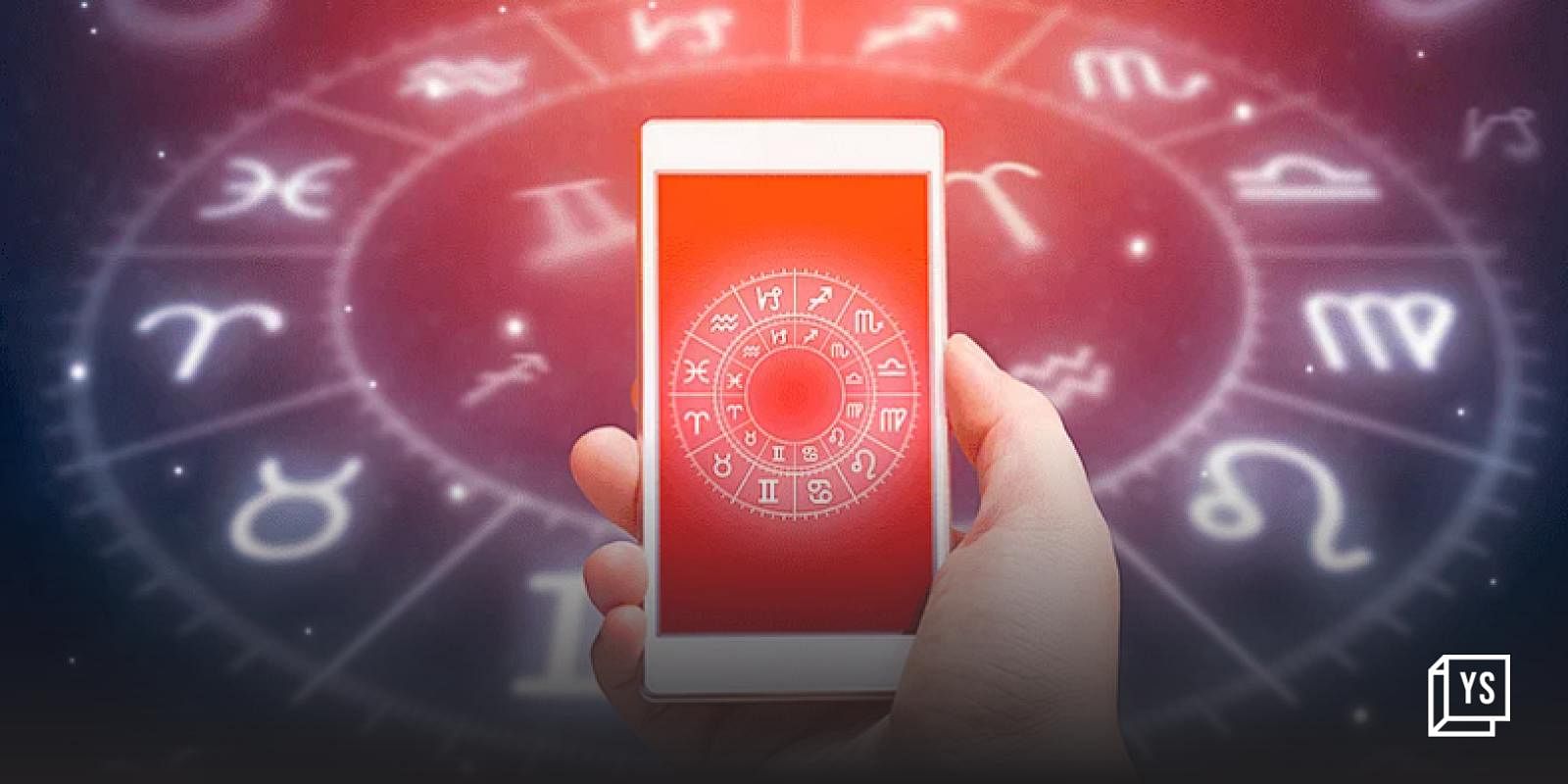Astrological guidance has always been a part of our Indian culture. If you may say, it is especially when you start something new or auspicious, or even if you are going through some hurdles in life. Infact, Indian methods of astrology have recently gained global significance of late.
“Astrology has always been one of the most consumed forms of content in India,” says Manu Jain, Co-founder, , an astrology app. He adds, “Even before the mobile Internet boom, telecom operators used to provide value-added services, and astrology was one of the most consumed content.”
Pandemic-driven user engagement
Accessibility has changed how astrology has been perceived off late. Users have increasingly begun to place their trust in spirituality or astrology, largely driven by the pandemic.
It served as an accelerator to drive user behaviour towards such consumer-facing applications from the typical offline engagements in astrology. “It has also allowed millennials to explore the category with repeatable use,” says Sanil Sachar, Founding Partner, Huddle.
As per visiting faculty at the astrology department of Ranchi University, he has 10 to 20 phone consultations per day on an average. It is clear that astrology is one industry that has always had a lot of demand and belief.
“However, due to so many ingenuine astrologers in the market, customers lacked trust in reaching out to an astrologer,” says Puneet Gupta, Founder, astrology app .
Astrotech startups are leveraging machine learning (ML), artificial intelligence (AI), and data analysis software to make accurate readings.
The tech-push/mass adoption
According to an EMR report, the Indian religious and spiritual market was worth $44 billion in 2020. It is expected to grow at a CAGR of 10% during 2022–2027. Kalpesh Shah, CEO, , an astrology app, says that anonymity, convenience, and cost are three key reasons behind the mass adoption of tech-based astrology services.
The evolved startup ecosystem, high mobile phone penetration, enhanced reach of broadband services, and tech-savvy consumers have all contributed to the overall growth. Digitisation of astrology services through apps is a more recent phenomenon, with live chat and calls with astrologers being demanding services.
According to AstroTalk, about 60% of their business comes from chats with astrologers and about 35% comes from calls.
“Technology is playing a very big role in this sector as customers have access to thousands of verified astrologers 24/7 and they can choose the astrologer of their choice by reading his verified profile and reviews,” says Puneet.
A global approach to the segment is impending, Sanil says, and will probably welcome the interest of global investors into the space while also unlocking significant user potential for the competing startups.
Investment synopsis
According to data platform Tracxn, there are around 250 companies working in the astrology sector, out of which 241 are active.
Over the past few years, investment in the sector has seen a significant surge/upturn. Since 2019, the astrology sector has been able to attract around $5.51 million in 15 funding rounds.
Investment into Astrology Market
Sanil suggests, that since a few funded AstroTech startups have evolved in India, investors expect to see them mature with their user behaviour and service catalogue. “This will eventually lead to some interesting growth stage investments which will further cement the monetisation capability of the startups,” he says.
Puneet, who claims that more than three crore users have interacted with the business so far, believes that investment will start pouring into this sector soon as this is one sector that is recession-proof and has positive unit economics.
“Moreover, with increasing trust, this industry has a TAM (Total Available Market) of $100 billion when it expands globally,” he adds.
The prosperous approach
The demand for astrology has always been there. Customers are now discovering these apps through social media or word of mouth, so the number of users for these apps is bound to grow further.
Sanil says that the growth of the segment will be driven by the consolidation of existing services and the introduction of value-added services such as live commerce.
“There is a large scope of expansion of services through online means, which might not be scalable if they had to be put into effect offline. Therefore, the depth of the market is vast and promising for us to continue to back,” he says.
While the category appeals to a broader audience, according to industry experts, the most active users are those between 18 and 35 years of age, and Tier II and Tier III cities are equally contributing to traction.
Before the younger generation wasn’t very keen on believing in future predictions, but now the stars have changed. Manu reveals that two-thirds of first-time users have been Gen-Z, which provided early traction for virtual puja and consultations. “The Indian millennial customer now wants to know more about temples and other faith-led products and content,” he adds.
“This behaviour is here to stay and will only grow stronger when tactfully approached across services, religions, and geographies,” says Sanil.










